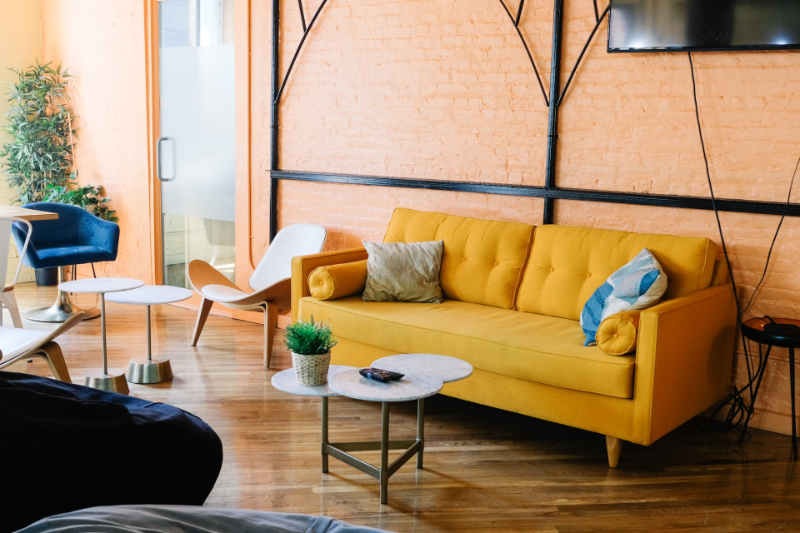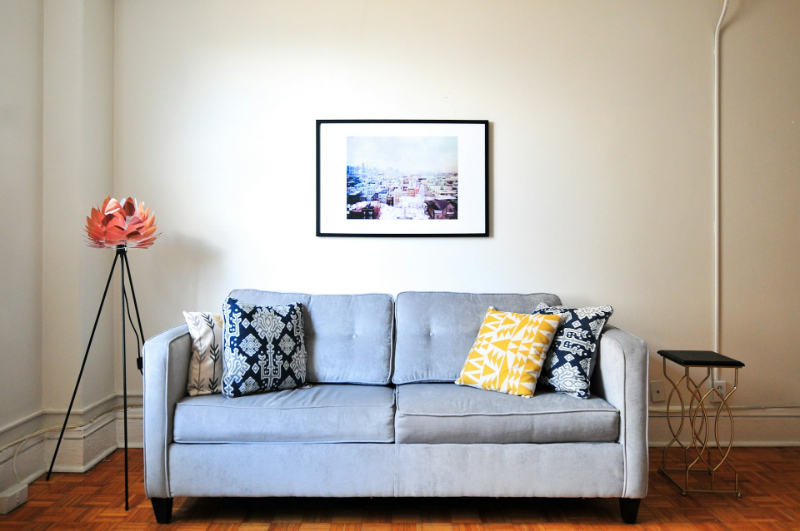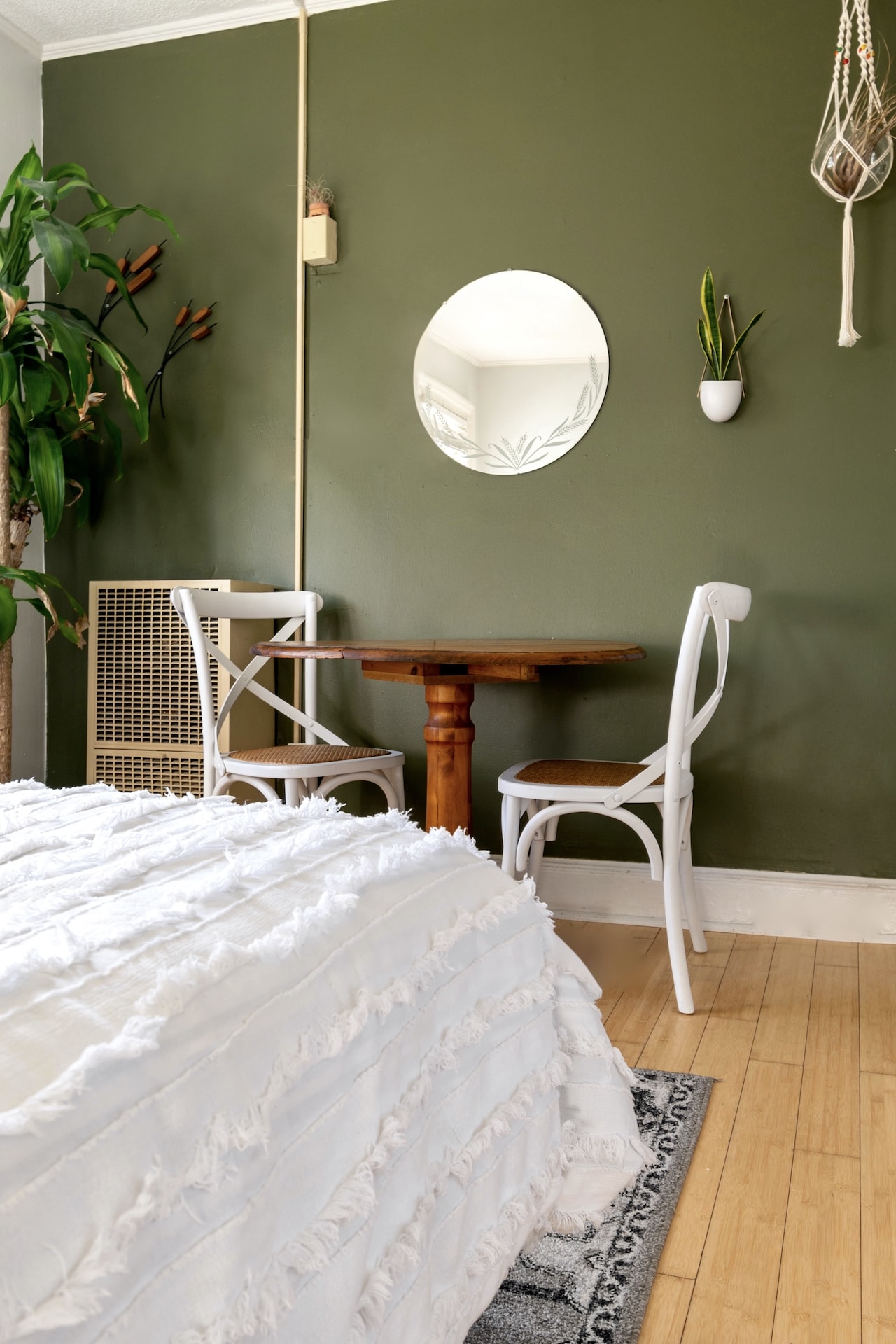Selecting a color scheme for any room can help bring cohesiveness to your home’s appearance. Professional decorators have long known that the psychology of color and how we perceive color can influence our emotions and mood in a powerful way.
The field of color psychology explores how colors can influence feelings, thoughts, and overall well-being. The following tips may be able to help you choose a room’s color that will most effectively convey the vibe you want to create throughout your home.
The Serenity of Cool Colors

Cool colors, such as blues, greens, and purples, have a calming effect on the mind and have even been shown to promote positive mental health and may even help prevent mental health issues from getting worse.
The color blue is often linked with peace and serenity. Lighter shades of blue can promote relaxation and better sleep, particularly in bedrooms. Some people may want to incorporate blue in a bathroom to create a spa-like ambiance.
Green is another cool color that symbolizes growth and renewal. Green works well in bedrooms, offices, and any other space where you want to convey a sense of natural harmony.
Purple is commonly associated with luxury, royalty, creativity, and relaxation. Using purple in a creative space may inspire your imagination.
The Vibrancy of Warm Colors

Warm colors, such as oranges, yellows, and reds, evoke feelings of excitement and energy. Vibrant colors can encourage sociability and activity, and can even induce hunger.
Stepping into a striking red room can instantly convey passion and intensity. Studies have shown that the color red is also ideal for eating spaces, as it can stimulate the appetite.
Yellow is the color of sunshine and happiness and can work well in kitchens, playrooms, and other places where you want to promote a sense of cheerfulness and friendliness.
Using the color orange is perfect for areas of your house where you want to create a welcoming atmosphere, as it combines the intensity of red and the positivity of yellow.
The Versatility of Neutral Colors

There are near-limitless applications for neutral colors throughout your home. They can create a perception of balance and complement a vast array of design styles.
White is the purest of colors, and when used in your home can create an open, free space that is ideal for smaller rooms.
The color gray may get a bad rap due to its association with bad weather, but it is actually one of the most versatile choices for accents or even the main color of a room.
Using the color brown will exude stability and warmth, and is most effective in an area where you want there to be a cozy and inviting atmosphere.
On the darkest end of the spectrum is the color black. Using black in a room will add drama and sophistication, particularly when it’s used in moderation or as an accent. Keep in mind that using black will make a room feel smaller than it actually is when used in excess.
Factors to Keep in Mind When Choosing a Color
If the floor plan is open, it’s recommended that you choose the main color and paint the adjacent rooms a shade or two lighter or darker.
Many designers recommend using the 60/30/10 rule. This method utilizes one color, often a light neutral shade, on 60% of a room’s surface. A second color, usually a medium tone, is then applied to 30% of the room. The third color, usually used as a bold or bright accent, is on 10% of the furnishings such as pillows, lamps, or other accessories.
Conclusion
Choosing the right color for your room can profoundly impact the overall ambiance and mood of your space. By understanding the psychology of colors, you can create a home that not only looks great but also promotes emotional well-being.
Author Bio
Kent Reason is an editor and content specialist with Ohio Recovery Center, a substance abuse treatment center located in Van Wert, OH. Ohio Recovery Center offers an array of services for addiction and mental health, including multiple levels of care and evidence-based treatment options.


